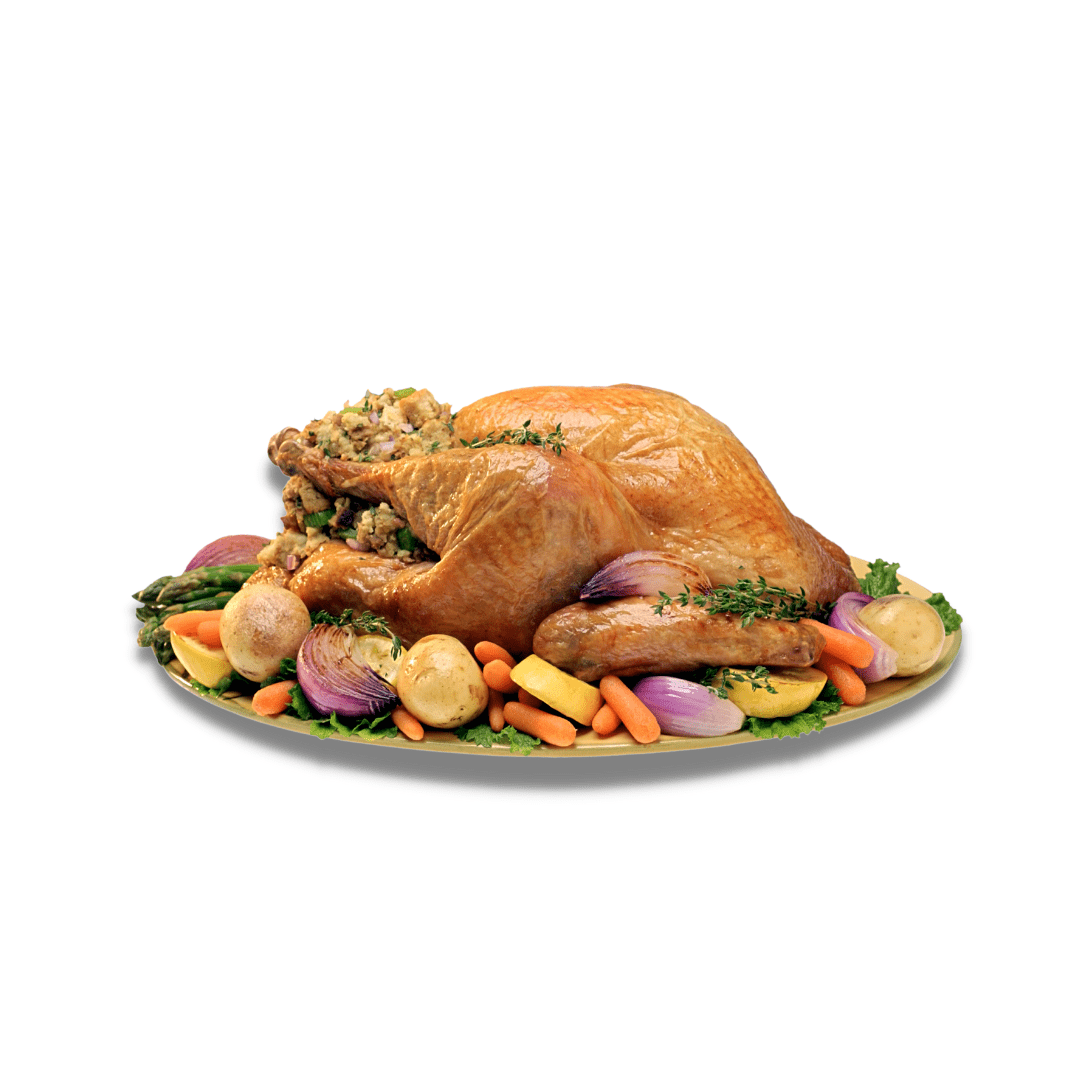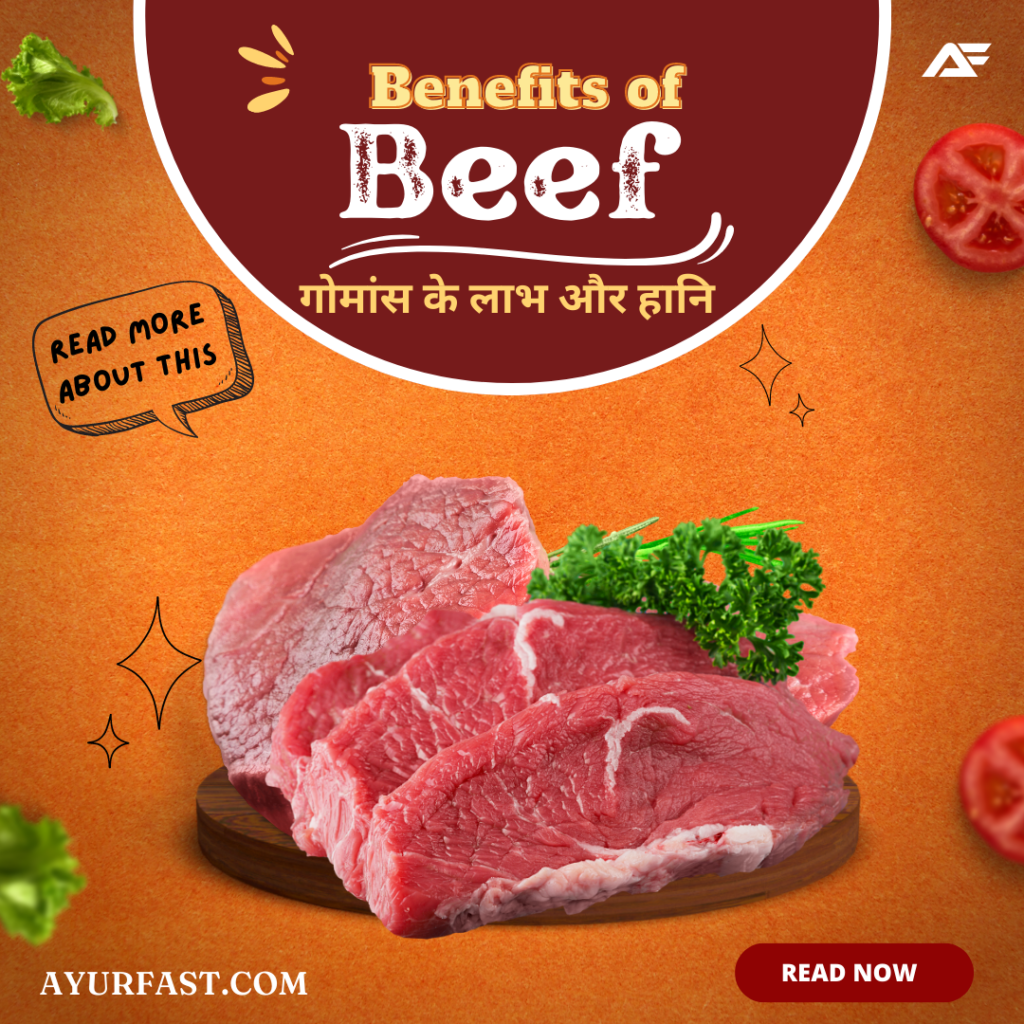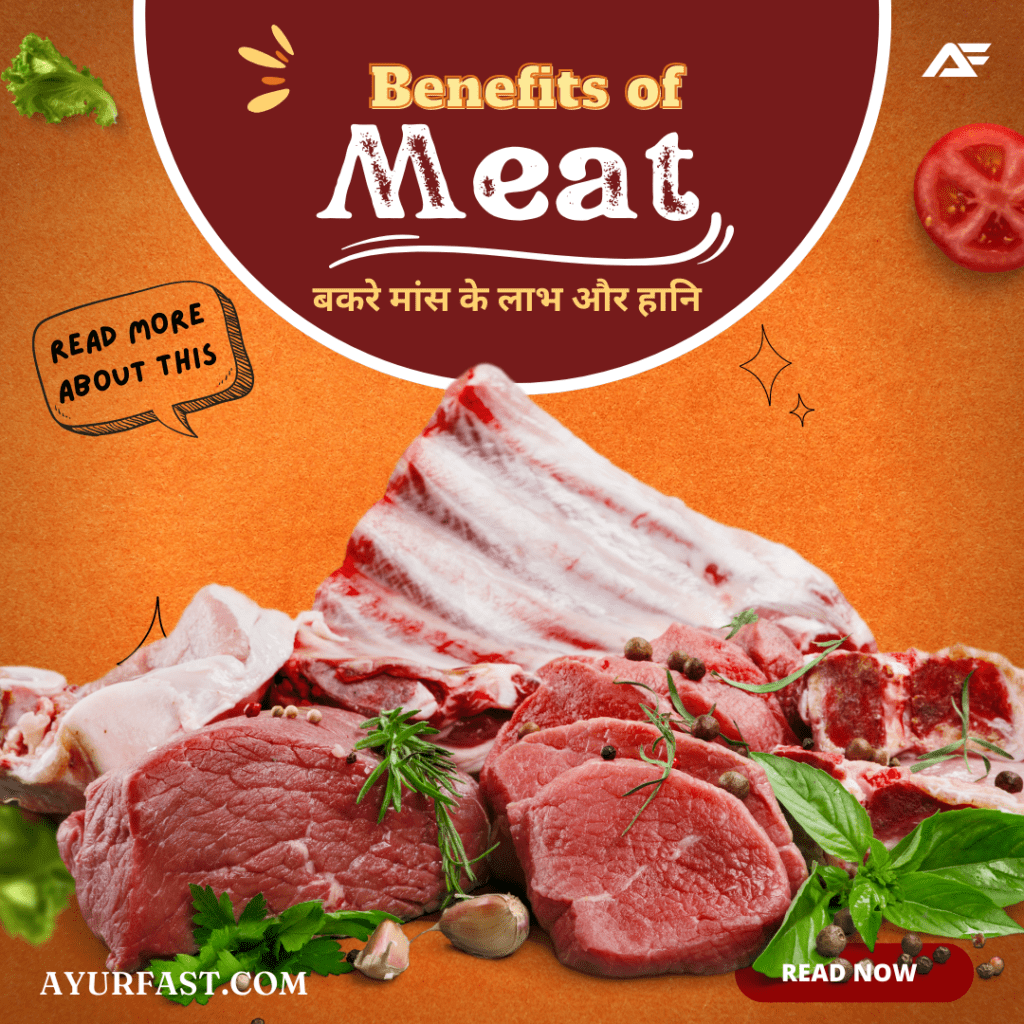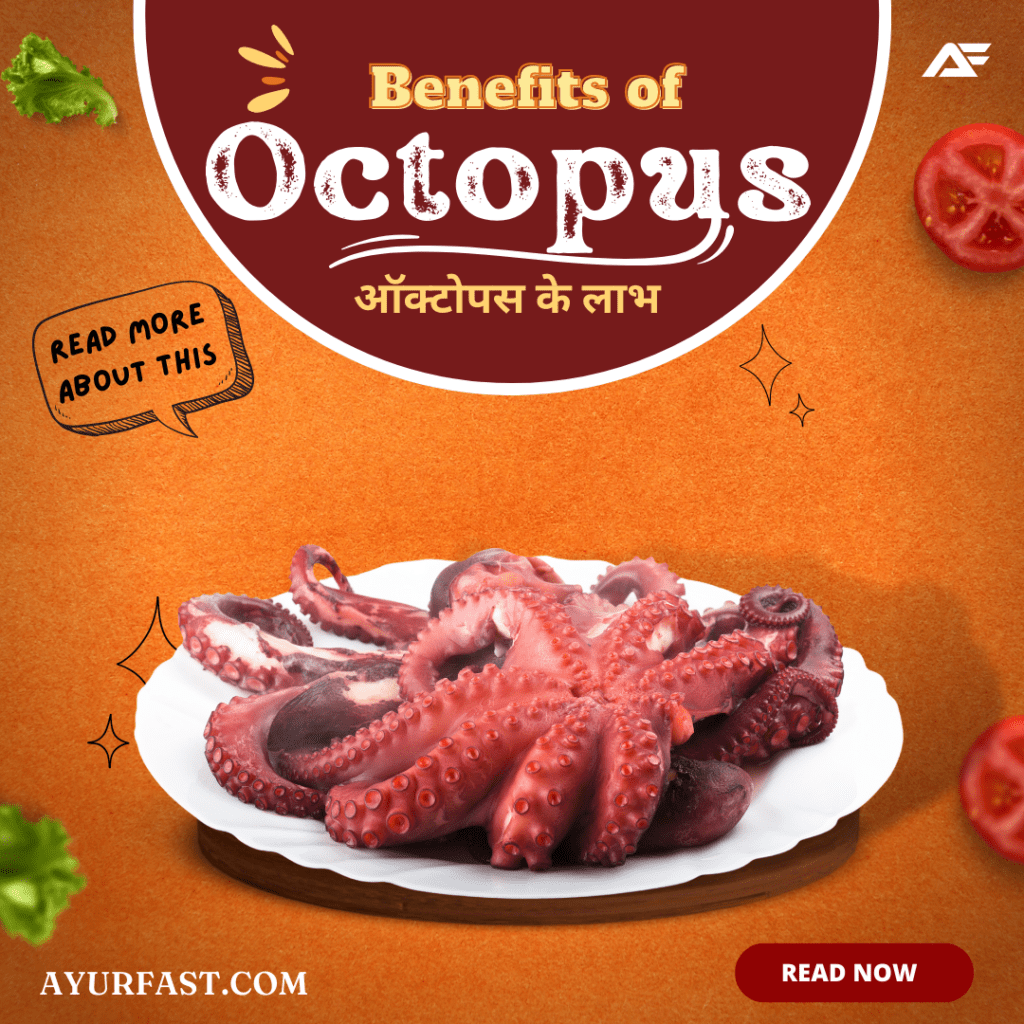About
Duck is a type of waterfowl that is widely consumed around the world. It is a rich source of protein, vitamins, and minerals, and can be cooked in a variety of ways.
Health Benefits:
- Rich in protein: Duck meat is a good source of high-quality protein, which is important for maintaining and building muscle mass.
- Good source of B vitamins: Duck contains several B vitamins, including B2, B3, B5, and B12, which are important for energy production, brain function, and red blood cell formation.
- Contains iron: Duck is a good source of iron, a mineral that is essential for the production of hemoglobin, which carries oxygen throughout the body.
- Rich in selenium: Duck meat is a good source of selenium, an antioxidant mineral that is important for immune function and thyroid health.
- Contains healthy fats: Duck is a good source of monounsaturated and polyunsaturated fats, which can help improve cholesterol levels and reduce the risk of heart disease.
Health Risks:
- High in saturated fat: Duck is high in saturated fat, which can increase cholesterol levels and increase the risk of heart disease if consumed in excess.
- High in calories: Duck meat is also high in calories, which can contribute to weight gain if consumed in excess.
Preparation Methods:
Duck can be cooked in a variety of ways, including roasting, grilling, and pan-frying. It is often used in dishes like Peking duck, duck confit, and duck à l’orange.
List of Treatments:
Duck meat can be used in a variety of dishes, including:
- Peking duck: A Chinese dish that involves roasting a whole duck and serving it with pancakes, scallions, and hoisin sauce.
- Duck confit: A French dish that involves cooking duck legs in their own fat until they are tender and juicy.
- Duck à l’orange: A classic French dish that involves roasting duck and serving it with a sauce made from orange juice, zest, and sugar.
- Duck breast salad: A light and refreshing salad that features sliced duck breast, greens, and a vinaigrette dressing.
-
High Cholesterol: Duck meat is high in cholesterol, and excessive consumption of duck can lead to high levels of cholesterol in the body, which can increase the risk of heart disease.
-
High Sodium: Some cooking methods or preparations of duck can involve high amounts of added salt, which can lead to high sodium levels in the body. This can lead to high blood pressure and other negative health outcomes.
-
Food Poisoning: Overcooked or undercooked ducks can increase the risk of food poisoning due to the presence of harmful bacteria like Salmonella and Campylobacter.
-
Weight Gain: Duck meat is high in calories and fat, and consuming too much can lead to weight gain and obesity, which can increase the risk of several health problems.
-
Gout: Duck meat is also high in purines, which can lead to an increased risk of gout in people who are predisposed to this condition.
Per Day Maximum Consumption Chart:
| Age Group | Maximum Daily Consumption |
|---|---|
| Children 1-3 years | 25-30 grams |
| Children 4-8 years | 50-60 grams |
| Children 9-13 years | 75-85 grams |
| Adult Women | 100-120 grams |
| Adult Men | 120-150 grams |
Energy and Macronutrient Content per 50 grams of Duck:
| Nutrient | Amount |
|---|---|
| Calories | 126 |
| Protein | 9.4 g |
| Fat | 9.6 g |
| Carbohydrates | 0 g |
| Fiber | 0 g |
| Water | 29.2 g |
Vitamin content per serving of 50 grams of Duck:
| Nutrient | Amount |
|---|---|
| Vitamin A | 43.5 mcg |
| Vitamin B1 (Thiamin) | 0.03 mg |
| Vitamin B2 (Riboflavin) | 0.1 mg |
| Vitamin B3 (Niacin) | 2.4 mg |
| Vitamin B6 | 0.16 mg |
| Vitamin B12 | 0.9 mcg |
| Vitamin C | 0 mg |
| Vitamin D | 0.15 mcg |
| Vitamin E | 0.13 mg |
| Vitamin K | 0.2 mcg |
| Folate | 6.5 mcg |
| Biotin | 0.7 mcg |
Mineral content per serving of 50 grams of Duck:
| Nutrient | Amount |
|---|---|
| Calcium | 5.5 mg |
| Iron | 1.1 mg |
| Iodine | 5.5 mcg |
| Zinc | 0.8 mg |
| Magnesium | 6.5 mg |
| Phosphorus | 70 mg |
| Potassium | 102.5 mg |
| Sodium | 25.5 mg |
| Chloride | 60 mg |
| Copper | 0.1 mg |
| Chromium | 0 mcg |
| Fluoride | 0 mcg |
| Molybdenum | 0 mcg |
| Manganese | 0.1 mg |
| Selenium | 6.5 mcg |
What is duck meat?
Duck meat is the flesh of the duck bird that is commonly used in cooking.
How does duck taste like?
Duck has a rich, gamey flavor with a moist and tender texture.
What is Peking duck?
Peking duck is a famous dish from China that is made by roasting a whole duck until the skin is crispy and the meat is juicy.
What is foie gras?
Foie gras is a luxury food product made from the liver of a specially fattened duck or goose.
How to cook duck breasts?
Duck breasts can be grilled, roasted, or pan-seared for a delicious meal.
What is duck confit?
Duck confit is a French dish made by slowly cooking duck legs in their own fat until they are tender and flavorful.
How to prepare duck eggs?
Duck eggs can be boiled, fried, or used in baking just like chicken eggs.
How to render duck fat?
Duck fat can be rendered by cooking duck skin and fat in a low heat until the fat melts and separates from the skin.
What are some popular duck dishes?
Some popular duck dishes include roasted duck, duck confit, and duck à l’orange.
What is the difference between duck and goose?
Duck and goose are both waterfowl birds, but duck is smaller and has a milder flavor than goose.









